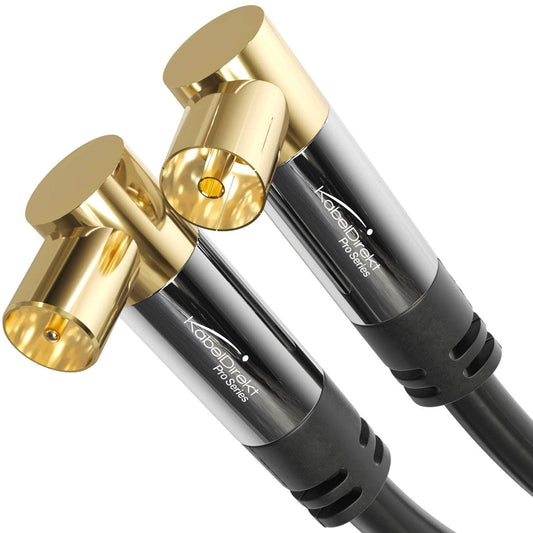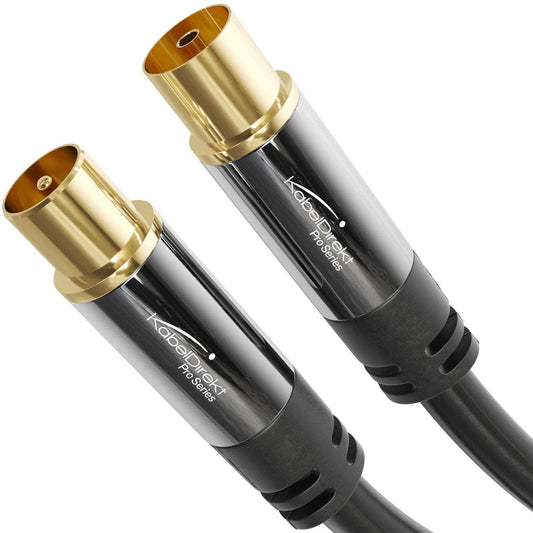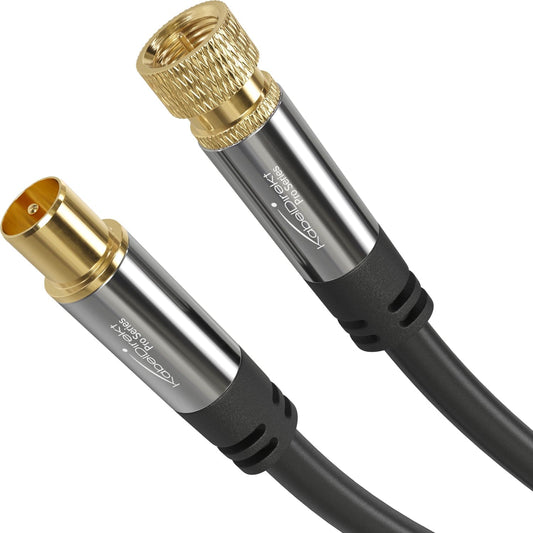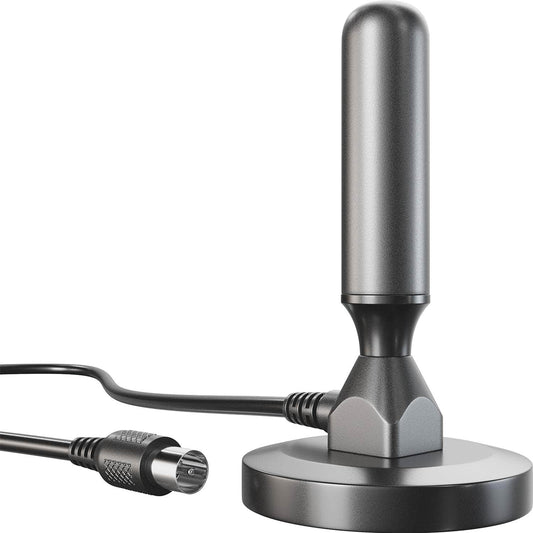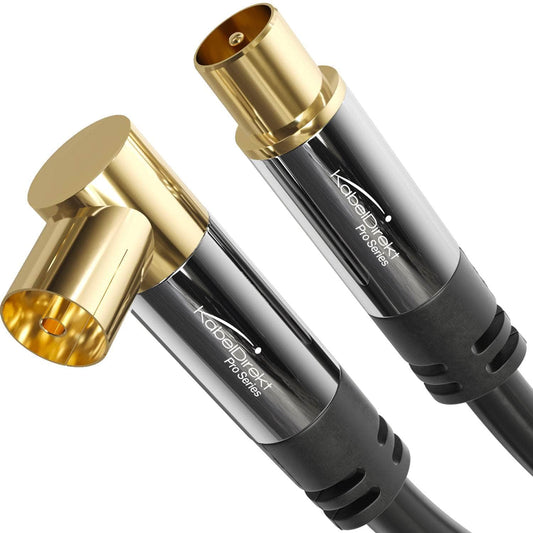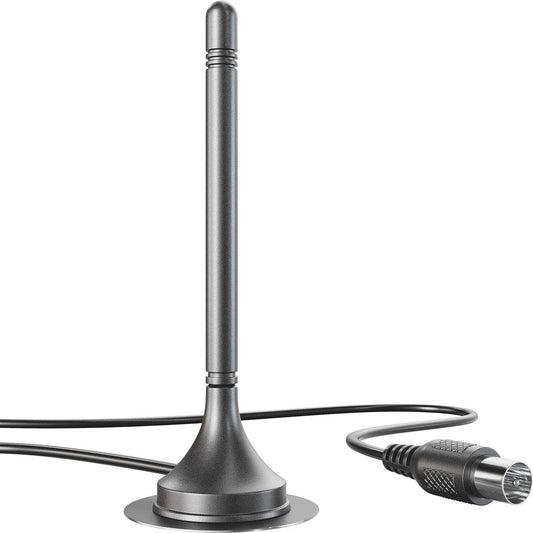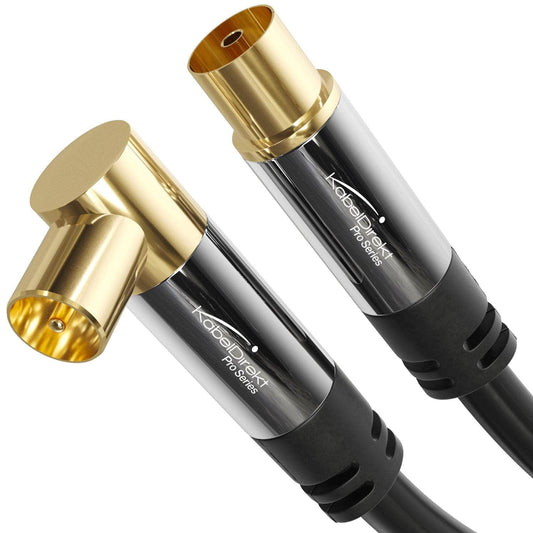-
{# Optional: Hier war bei dir ein zusätzlicher Titelblock; den habe ich entfernt, damit der Titel nur einmal erscheint. #}
-
{# Optional: Hier war bei dir ein zusätzlicher Titelblock; den habe ich entfernt, damit der Titel nur einmal erscheint. #}
-
{# Optional: Hier war bei dir ein zusätzlicher Titelblock; den habe ich entfernt, damit der Titel nur einmal erscheint. #}
-
{# Optional: Hier war bei dir ein zusätzlicher Titelblock; den habe ich entfernt, damit der Titel nur einmal erscheint. #}
-
{# Optional: Hier war bei dir ein zusätzlicher Titelblock; den habe ich entfernt, damit der Titel nur einmal erscheint. #}
-
{# Optional: Hier war bei dir ein zusätzlicher Titelblock; den habe ich entfernt, damit der Titel nur einmal erscheint. #}
-
{# Optional: Hier war bei dir ein zusätzlicher Titelblock; den habe ich entfernt, damit der Titel nur einmal erscheint. #}
Collection: Antenna cables
Antennas and aerial cables for TV and radio
Whether for terrestrial (DVB-T), satellite (DVB-S), or cable TV (DVB-C), you can generally use aerial cables even if the name suggests otherwise. But it’s still important to know what outlets you have in your home. If you receive TV and radio via satellite, your wall socket outlet won’t necessarily be compatible with aerial cables. Instead, you might need a satellite cable with another type of connector, namely, an F connector. But if you’re unsure, you can always use an adapter. Read on to find out more.
When you go to buy, there are two important parameters to consider: Damping and shielding. For coaxial cables, both of these are given in decibels, so it’s easy to mix them up. There should be as little damping as possible, whereas the value for the shielding should be as high as possible. Both of these things work to prevent signal interference and give you superb reception.
Aerial cables with male and female connectors for any scenario
You’re sure to find the cable you need thanks to our wide range of coaxial cables for receiving TV and radio. We offer four types of conventional aerial cable (coax male connector to coax female connector). Some types come with straight connectors, while other versions come with either an angled female connector or an angled male connector. And finally, we offer cables with right-angled connectors at both ends. Angled versions are really practical if, for example, an item of furniture is next to the wall where your antenna socket is – or if your TV is mounted on the wall, leaving very little room between it and your outlets.
Our coaxial cables for TV and radio reception come in various lengths, so you’re bound to find a cable that meets your needs. It’s usually better to get yourself a longer cable to avoid needing to get an extension cable too.
A fusion of aerial and satellite cables
Ultimately, aerial and satellite cables are very similar. It’s no surprise then that you’ll find a cable in our range that you can use as both an aerial and satellite cable. It features a coax connector on one end and an F connector on the other, enabling you to connect a device with an F female connector (for example, a receiver or a TV with a built-in receiver) to a wall outlet with a coax connector.
Small antennas for your living room
In our shop you’ll find not just coaxial cables but antennas as well. These are small antennas that you can put in your living room, or anywhere else indoors, and plug into your TV set to watch digital terrestrial TV (DVB-T or DVB-T2). And, of course, you can also use one to receive digital radio (DAB+) too. It’s important to note that such an antenna is for indoor use only and signal strength may vary depending on where you put it and what its surrounding environment is like – tall buildings and trees can have a negative impact on reception.
FAQs about aerial cables
Which coaxial cable do I need for 4K?
If you want to receive high-resolution 4K TV (Ultra HD) with a strong signal, you’ll need an aerial cable that supports 4K. The cable needs good damping and shielding, and shouldn’t be too long.
Are aerial and satellite cables the same?
There are actually few differences between aerial and satellite cables. For example, both have an impedance of 75 ohms, which is essential for TV reception. The main difference is that they come with different types of male connectors. Aerial cables have coax male connectors, whereas satellite cables have F male connectors.
What’s the difference between coaxial and aerial cables?
Strictly speaking, there isn’t one, as aerial cables are coaxial cables – but not every coaxial cable is an aerial cable. For example, RCA/phono cables also fall into this category.
What cable do I need for cable TV?
If you receive TV via the cable network, you’ll want an aerial cable that connects a receiver/TV to an antenna socket (cable outlet).
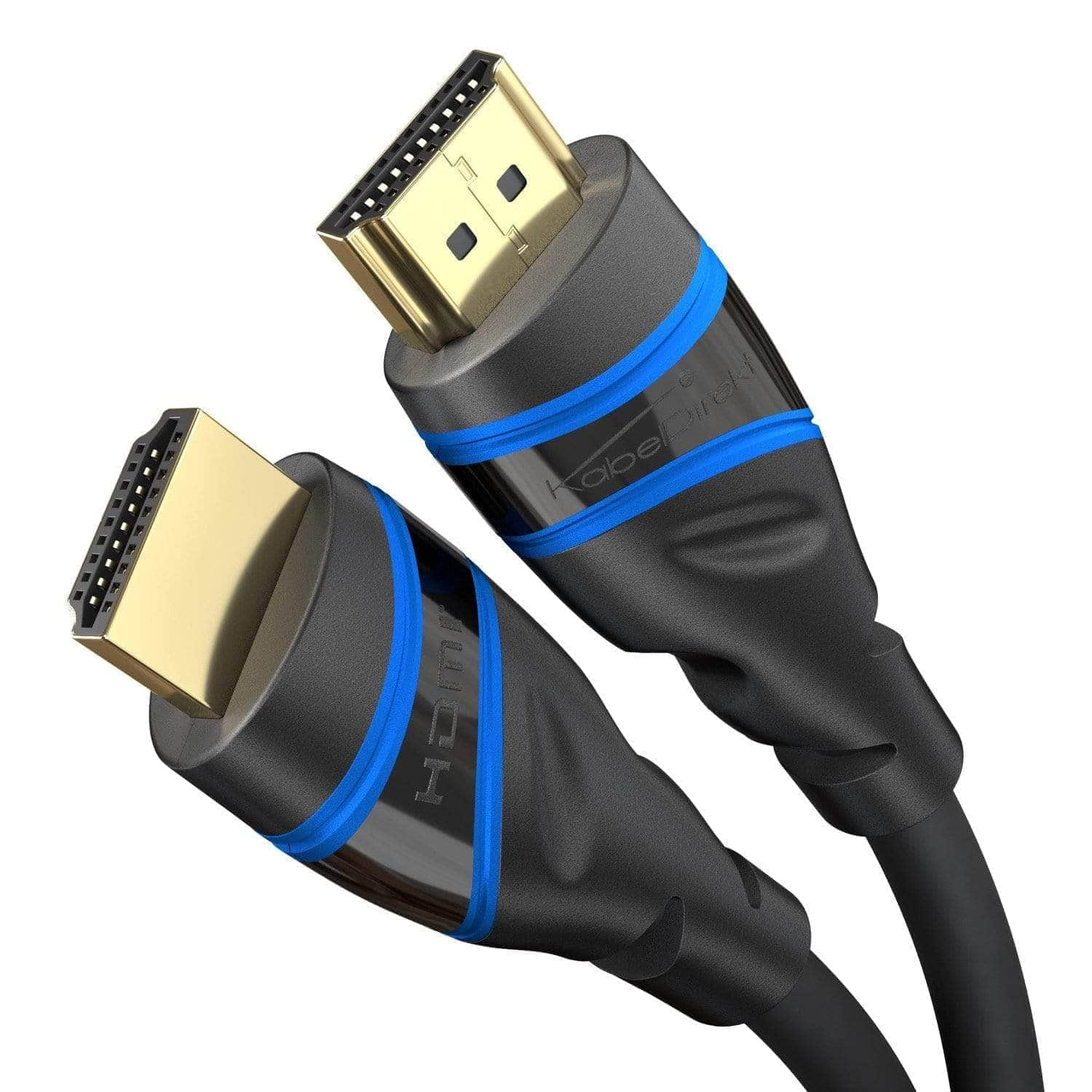
HDMI Cables
We offer HDMI cables in all versions, lengths, and materials. Our products are engineered in Germany and manufactured worldwide in licensed facilities.

